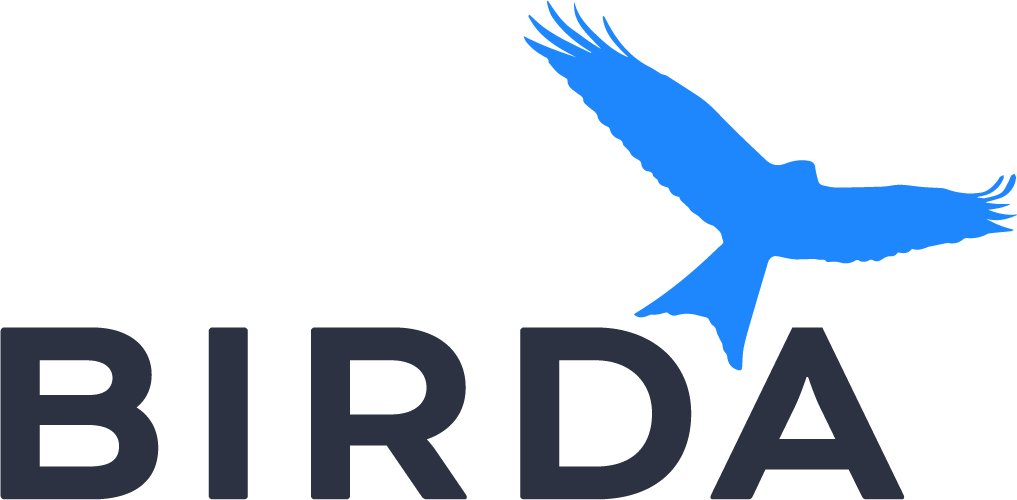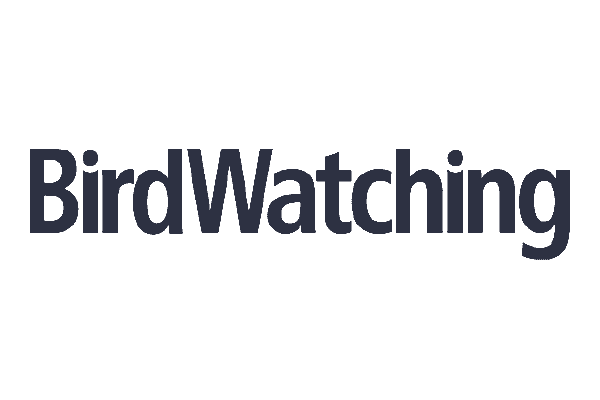
Little Wattlebird
Anthochaera chrysoptera
The Little Wattlebird, also known as the Brush Wattlebird, is a passerine bird belonging to the honeyeater family Meliphagidae. It is the smallest member of the wattlebirds, a group distinguished by their wattles, which this species notably lacks. The Little Wattlebird exhibits a medium to large size for a honeyeater, with a plumage that is less flamboyant than its close relatives, the Yellow and Red Wattlebirds.
Identification Tips
Adult Little Wattlebirds have a streaked appearance with an absence of the colorful wattles found in other wattlebird species. Juveniles present a more subdued coloration with less streaking and possess a browner eye, distinguishing them from their adult counterparts.
Habitat
This species thrives in a variety of environments, including banksia and eucalypt woodlands, heathlands, tea-tree scrubs, sandplain-heaths, and lantana thickets. They have also adapted well to human-altered landscapes, frequenting parks and gardens.
Distribution
The Little Wattlebird is endemic to coastal and sub-coastal regions of south-eastern Australia, with its presence spanning from eastern to southeastern areas of the continent. It is also found on Kangaroo Island and in Tasmania.
Behaviour
These birds are often seen feeding alone or in groups, perched or occasionally catching insects in flight. They exhibit a range of vocalizations, from strident calls to mellow, musical notes.
Song & Calls
The Little Wattlebird's vocal repertoire includes a variety of sounds such as the assertive 'cookay-cok', the raucous 'fetch the gun', and the mellow 'yekkop, yekkop'. Their alarm call can be described as a sharp 'kwock' or 'shnairt!'.
Breeding
Breeding season occurs from June to December. The female typically constructs a loose, untidy cup-shaped nest made of twigs and lined with shredded bark. Nests are placed within the forks of banksia, tea-tree, or eucalypt saplings, at heights ranging from 1 to 10 meters. The clutch usually consists of 1-2 eggs, which may exhibit a variety of colors and patterns.
Diet and Feeding
The Little Wattlebird's diet consists primarily of nectar, which they extract using their long, brush-tipped tongues adept at probing deep into flowers. They also consume insects, berries, and some seeds, showcasing their adaptability in foraging.
Conservation status
The Little Wattlebird is currently classified as Least Concern by the IUCN, indicating a stable population without significant threats to its survival at this time.





























































